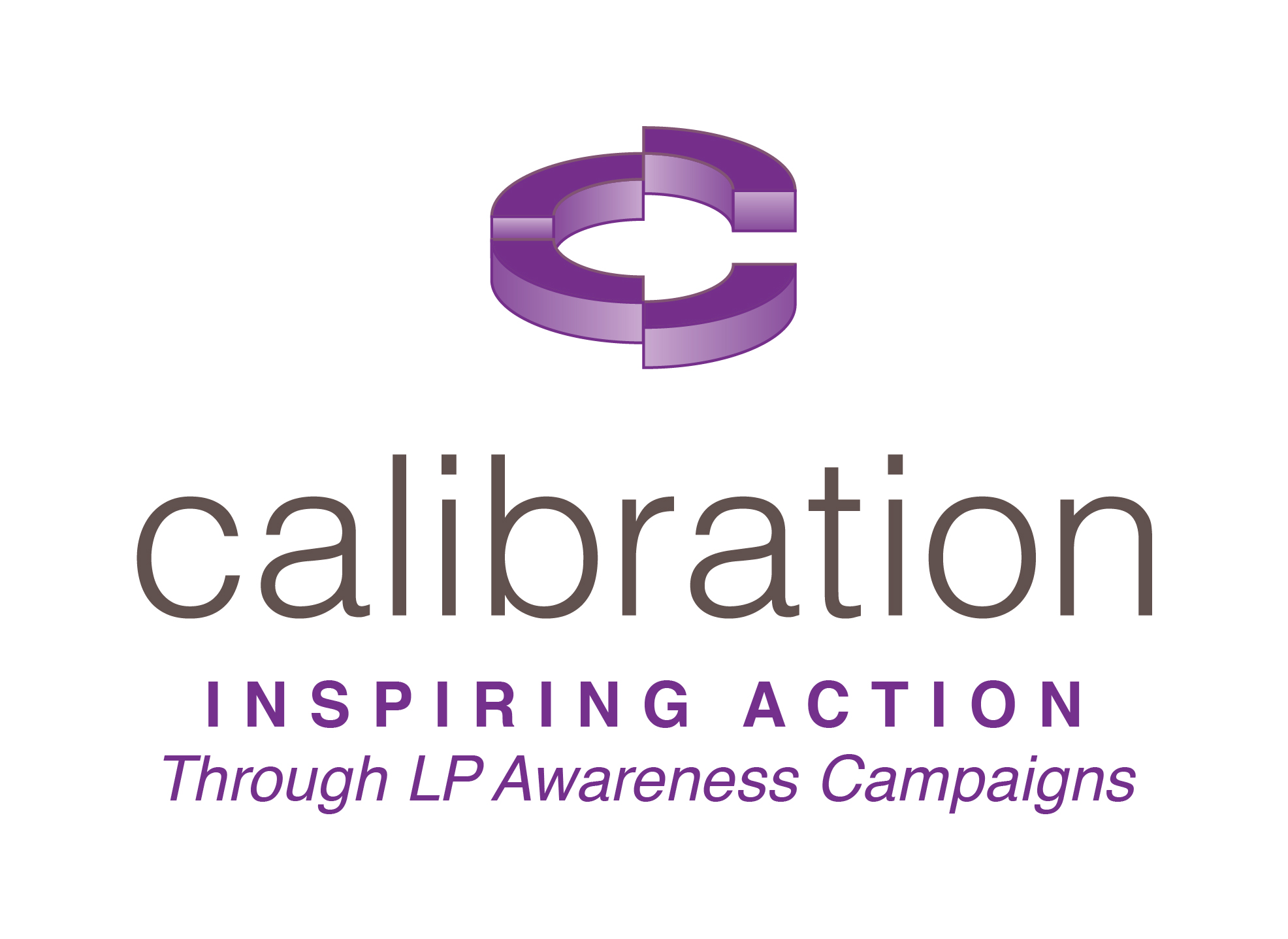California’s first-of-its-kind Workplace Violence Prevention Bill (SB 553) took effect on July 1, 2024, and six months in, it’s already making waves in the Golden State. While some businesses are still finding their footing, the legislation has brought workplace violence, and efforts to mitigate it, into sharp focus. The ripple effects could soon extend beyond California, given other states’ apparent interest in adopting similar standards.
Below is a comprehensive look at the law’s critical components, its ripple effects for employers and insurers, and some unexpected angles that many haven’t considered.
A Giant Leap for Employee Safety
SB 553 is the state’s bold response to rising fears around workplace violence. Though healthcare facilities in California had already been subject to stringent requirements, this law expands the scope to nearly every employer in the state. The impetus for such a sweeping measure was fueled by several high-profile incidents, including a tragic shooting at a San Jose railyard in 2021.
Where previous regulations were often sector-specific or piecemeal, SB 553 attempts to bring uniformity. It does so by requiring written Workplace Violence Prevention Plans (WVPPs). Even more notable, it makes workers’ compensation insurers responsible for auditing these plans (or ensuring a certified professional does so). This new accountability structure is a departure from the traditional boundaries between carriers and employer operations—raising eyebrows and hopes in equal measure.
WVPP Essentials
Implementing a WVPP can sound daunting, especially for small and medium-sized enterprises without dedicated safety departments. Nevertheless, the law outlines practical steps that employers must follow. These include:
- Allocation of Responsibility: Designating who will implement and oversee the WVPP.
- Employee Involvement: Incorporating frontline perspectives in both hazard assessments and plan creation.
- Communication & Training: Ensuring employees recognize risks, know the procedures, and understand the support available.
- Identification & Correction of Hazards: Actively searching for conditions or practices that could lead to violence and resolving them.
- Incident Response & Investigation: Outlining how to handle violent incidents when they occur, including clear reporting protocols.
- Recordkeeping: Maintaining logs of incidents, assessments, and training for set durations (five years for hazard assessments and incident logs; one year for training records).
- Plan Reviews: Periodically revisiting and adjusting the WVPP to address new or evolving risks.
Looking for SB 553-Compliant Training?
To help you meet and exceed the “Communication & Training” requirements of SB 553, Calibration Group offers specialized workplace violence prevention programs. Their customized approach includes actual in-store footage featuring your employees in uniform and training content designed to prevent violence before it starts (not just de-escalate it) – ensuring your team is fully prepared and compliant with California’s new workplace violence legislation.
Looking for the details? Click here to email Amber Bradley
Although these requirements can feel overwhelming, many companies already have policies that touch on some of these areas – now they just need to unify them under a single framework.
Insurers’ New Oversight Role
Arguably the most disruptive component of SB 553 is the insurer’s duty to audit WVPPs. Insurers have historically played an advisory role for clients, but this law formalizes and intensifies that obligation. Some have voiced concerns about additional liabilities, imagining lawsuits if a plan is found wanting. But industry experts point out that workers’ comp carriers routinely conduct or verify safety consultations in other states with no explosion in litigation. If anything, this oversight can reinforce the value insurers bring as risk management partners.
Interesting Twist: Carriers have the chance to demonstrate that they’re more than just premium collectors. By actively consulting and helping shape clients’ WVPPs, they can deepen relationships, reduce claims, and establish themselves as indispensable problem-solvers.
The Law as a Cost-Saving Measure?
Opponents worry that new regulations might inflate administrative costs. Yet it’s essential to remember that SB 553 is intended to reduce overall instances of workplace violence, and thus mitigate injuries, fatalities, and associated workers’ comp claims.
Historically, workplace violence data paints a grim picture:
- From 1992 to 2019, more than 17,800 people were killed on the job nationwide.
- In 2019 alone, 454 homicides occurred at workplaces across the country (a 58% decline from a peak in 1994, but still alarming).
- The US Bureau of Labor Statistics recorded 392 workplace homicides in 2020 and a staggering 37,060 non-fatal injuries from workplace violence in that same year.
If SB 553 successfully curbs these kinds of incidents, it could actually lower costs in the long run, particularly for sectors prone to assaults (like sales, transportation, and material moving). With fewer claims to shoulder, insurers may find their own financial burden eased – creating a possible downward pressure on premiums for the highest-risk industries.
Unexpected Angle: If we do see a meaningful drop in workplace violence, it could prompt carriers to refine their underwriting in ways that reward companies with robust prevention strategies. Who knows? We might eventually see discounts for top-tier WVPPs, much like safe driver discounts in personal auto insurance.
Compliance Fatigue and New Cal/OSHA Rules on the Horizon
SB 553 isn’t the end of the road. By December 31, 2025, the California Division of Occupational Safety and Health (Cal/OSHA) must craft permanent standards and regulations to expand or replace this interim framework no later than December 31, 2026. Employers, insurers, and other stakeholders must be prepared for further changes.
Pro Tip: Think of SB 553 as the training wheels for what’s coming. Employers who invest in developing a thorough WVPP now will likely have a head start, and fewer headaches, when Cal/OSHA finalizes its permanent rules.
Look East, West, and Everywhere: Other States May Follow
According to legal intelligence firm LexisNexis, other states are eyeing similar legislation. With California’s well-earned reputation as a regulatory trailblazer, the success or failure of SB 553 could set a precedent. This means compliance will likely become a competitive advantage, especially if additional states adopt or adapt California’s model.
Hidden Opportunity: Multi-state employers that proactively implement uniform violence prevention protocols could gain traction in the marketplace as safer, more attractive places to work. This could aid not just in risk management but also in employee recruitment and retention.
Preparedness Beyond Paper: Culture Counts
Regulations alone won’t end violence in the workplace. While written plans are crucial, organizational culture plays a pivotal role. Employees need to feel safe reporting issues or suspicious behavior without fearing repercussions. Leadership must model de-escalation techniques and empathy, fostering an environment where prevention is everyone’s job.
Interesting Twist: Recognize that mental health support and conflict resolution training can be game-changers. By incorporating resources like Employee Assistance Programs, stress management workshops, and early-intervention conflict resolution protocols, companies can get ahead of potentially volatile situations.
The Bottom Line
Half a year into SB 553’s reign, the conversation around workplace violence prevention in California has grown more nuanced. Yes, there are costs in crafting, maintaining, and auditing new safety plans. But at its core, the legislation attempts to recalibrate the balance between risk and prevention. By engaging employees, empowering insurers, and standardizing best practices, California may well be shaping the next national wave of safety protocols.
For carriers, the new law offers a prime opportunity to prove their worth in tangible ways – from risk assessments to employee training. For businesses, it provides a structured (if stringent) roadmap for protecting their workforce. And for employees, it’s a chance to feel more secure in an ever-changing, often unpredictable environment.
As the months progress and more data emerges, we’ll see how many violent incidents have been thwarted. Should the statistics reflect a meaningful drop, SB 553 might not only save lives but also transform how American workplaces view safety and what they expect from their insurers.
“This legislation should help businesses identify their unique exposures and put specific controls in place as protection for these exposures.” That succinctly captures the spirit of SB 553. And if it delivers on that promise, it could be a win-win for everyone involved – insurers included. After all, in a perfect world of zero workplace violence, no one loses.
Stay tuned for further updates as we track the law’s long-term effects and look ahead to Cal/OSHA’s forthcoming standards. The true test will be whether this pioneering step can genuinely transform the culture around workplace violence – from reactive crisis management to proactive prevention



